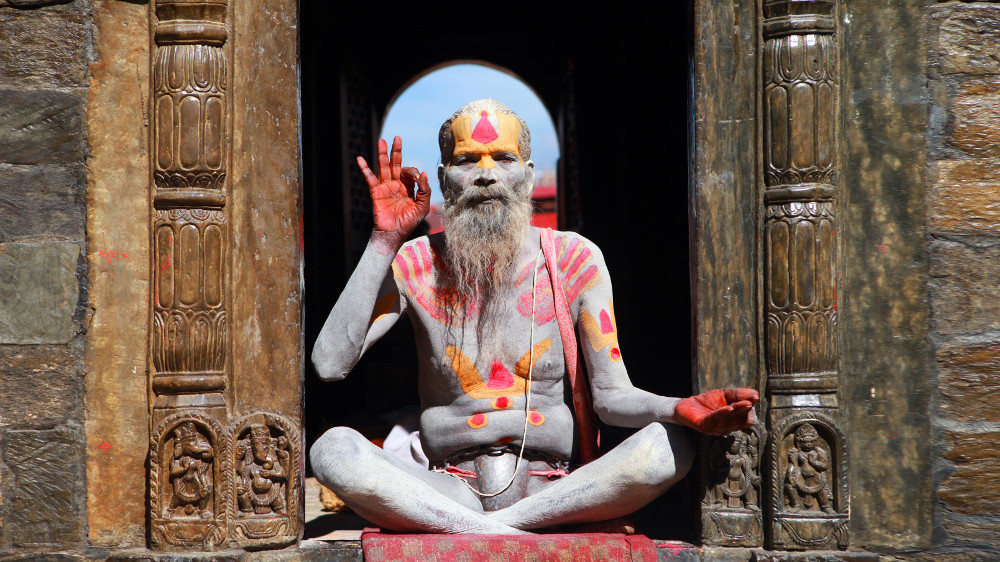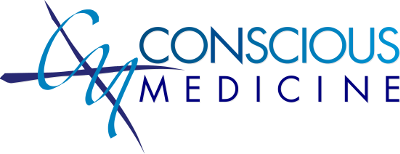Tenet 7: Health 3.0 is medicine in evolution.

Photo by Ashes Sitoula / Unsplash
Health care evolves. We can see this happen from the outside — and on the inside.
From the outside, medicine has been evolving since we humans started existing. Traditional Chinese medicine, the Siddha and Ayurveda medicine of India, the Native American medicine man, and the African sangoma represent the pre-modern era of medicine. Laboratory and imaging studies, pharmaceuticals, surgery, and radiotherapy symbolize modern medicine. Social determinants of health, meta-analyses, epidemiology, and global health are examples of post-modern medicine. All are invaluable. Health 3.0 weaves the pre-modern, modern, and post-modern era of medicine together, without letting a particular modality overreach its claim. And it aims for the practice of personal medicine — not regression to the personal medicine of yesteryear, but evolution to the personal medicine of tomorrow. This higher-level personal medicine, sourced in the best of pre-modern, modern, and post-modern health care, is the medicine most capable of mending our broken health care system.
But health care evolves on the inside too. Physician Tom Janisse presents this brilliantly when he illustrates the evolution of the patient-doctor relationship itself (1):

The first stage, “Doctor-patient,” is the doctor-knows-best stage. I do a quick history and physical on you and decree a diagnosis and treatment plan. All in about seven minutes, with little feedback or input from you. The second stage, “Doctor-Patient,” is the customer-service stage. You become the customer to me. Which at the very least makes me treat you with more interest, if I am to retain your business. The third stage, “Patient-Doctor,” is the beginning of a patient-centered approach. You begin to take the lead in your care, although you and I are still exploring our newly developing partnership. In the fourth stage, “Patient-doctor,” the patient takes center stage. You are now researching deeply into your own health and care. You assert your preferences and share more in medical decision making, and I assume more of a shepherding role. In the fifth stage, “Person-doctor,” there is a dramatic shift. I perceive you not merely as a patient but as a person, who expresses not only your medical symptoms but also your personal stories, family life, behavioral blocks, and social constraints. Together, you and I account for these unique factors in creating a treatment program. By the sixth stage, “Person-Person,” I myself am transformed into a person, not just a doctor. I give you deep attention, presence, and compassion. And I feel free to express my competence, authority, doubts, and vulnerability to you. Your unique story and mine are now interwoven in an encounter between two unique selves, which goes beyond ourselves as individuals. Janisse relates the following (1):
In this evolution, the physician and patient each move from the exterior individual realm to the interior collective realm when they interact as people sharing a common moment of importance. Here in the realm of interpersonal interaction there is the potential to move to a transpersonal moment of either intuitive knowing or intentional caring. This place is that of intersubjectivity — a timeless moment of connection. Physicians, in that moment, may move from perceiving the visit as a diagnostic and treatment determination to perceiving the visit as a therapeutic moment. A caring act of intention may initiate the healing process before the first pill is swallowed, or this caring act may become the treatment itself…
Importantly, Health 3.0 allows for the patient and doctor to stay at any stage of their relationship which they agree is most comfortable and appropriate to them. And the patient-doctor relationship may evolve over a lifetime or during a single encounter.
 Photo by James Coleman / Unsplash
Photo by James Coleman / Unsplash
I first met Doug in March 2008. He was a man with alcoholism who had stopped drinking by the time I first met him, but the ravages of alcohol had given him severe cirrhosis. He was disheveled and living in a nursing home facility. Sure, from the time I first saw him as a consultant in the hospital, I looked after him in my professional role over the next several months. I followed all the recommended guidelines in caring for a patient with cirrhosis. But ultimately in my eyes, I labeled him as a decrepit, lost patient unlikely to improve his health. His biggest initial issue was the accumulation of fluid within the abdomen, which at one point required drainage with a needle almost every two weeks. He wouldn’t stick to the recommended low-sodium diet to help prevent reaccumulation of the fluid. Diuretic medications to help release the fluid were resulting in kidney failure. He also had a period of confusion from hepatic encephalopathy. I eventually referred him for a liver transplant evaluation, but he was turned down for various reasons. At one point I didn’t think he would survive long. As time passed, I would let him direct me when he needed fluid removal from his abdomen. And I’d brace myself when he called or visited me in the office because he tended to ramble about his problems.
It was through Doug’s ramblings, though, that he revealed the unique story of his life to me. I learned that he was a gourmet cook who had a selective taste for his meals. He had eclectic artistic tastes as well, which I learned when he started comparing a picture on my office wall to a painting of the Mughal dynasty. Doug made me laugh with his impeccable sense of comedic timing. He was the funniest patient I’ve ever known. And as he held his rosary beads, he would reveal in our conversations glimpses of his Catholic faith.
Over the next few years, Doug’s condition steadily improved. He was able to leave the nursing home and be taken in by a couple who tremendously influenced his improvement in health. We got him through two hernia operations, even as I was concerned how his cirrhosis would affect his surgeries (he insisted on being given the last rites by his priest before each). He stopped needing abdominal fluid removals, and his cirrhosis became quite stable. He resumed living on his own, and he started to drive around a man in his nineties who relied on Doug for his own health. Later he had surgery to remove lung cancer, and he continued to do well after the surgery. Doug liked to share his life with me, and I enjoyed sharing my life with him. We had come to enjoy each other as two persons who just happened to have a patient-doctor relationship. I thought I’d get to enjoy that forever.
Unfortunately, we could not, in the same way. Doug started having pain and atrophy in his right arm. Eventually, we discovered that his lung cancer had unexpectedly metastasized to his spine. I sat with him in the hospital around Christmas time, when he first learned of the test results. Three days after Christmas, he went for surgery to try to debulk the tumor and help with the increasing pain. I shared pictures with him of my son being born three days after his surgery, at the very same hospital. And two weeks later, because his pain wasn’t improving, he elected for hospice care. He died shortly thereafter.
Doug, with all his endearing irascibility, taught me how to see a patient as a person. And he granted me the same grace. I still miss him. His brother has told me recently that Doug’s restless spirit is still haunting his brother’s house. Papers will be blown off the table, with no wind around. And the rosary beads hanging in the house will mysteriously turn backwards.
I have told Doug’s brother this: A beautiful part of his story has been read by people all around the world. He has made an impact, as imperfect as he, we, and all the world have been. And his relationship with me is driving a ripple effect that will evolve health care, forever. I hope, in that understanding, that he can rest.
(1) Janisse T. “Through Conventional Medicine to Integral Medicine: Challenges and Promises,” In Consciousness & Healing: Integral Approaches to Mind-Body Medicine. ed. Marilyn Schlitz et al. St. Louis: Elsevier, Inc., 2005.

I like, How about some Recipes for Renal Patients?